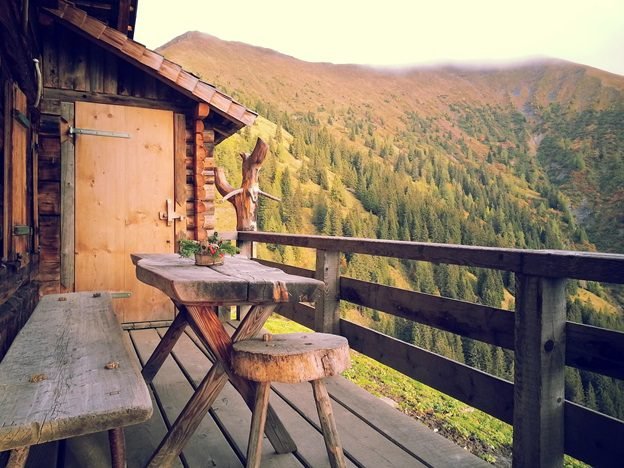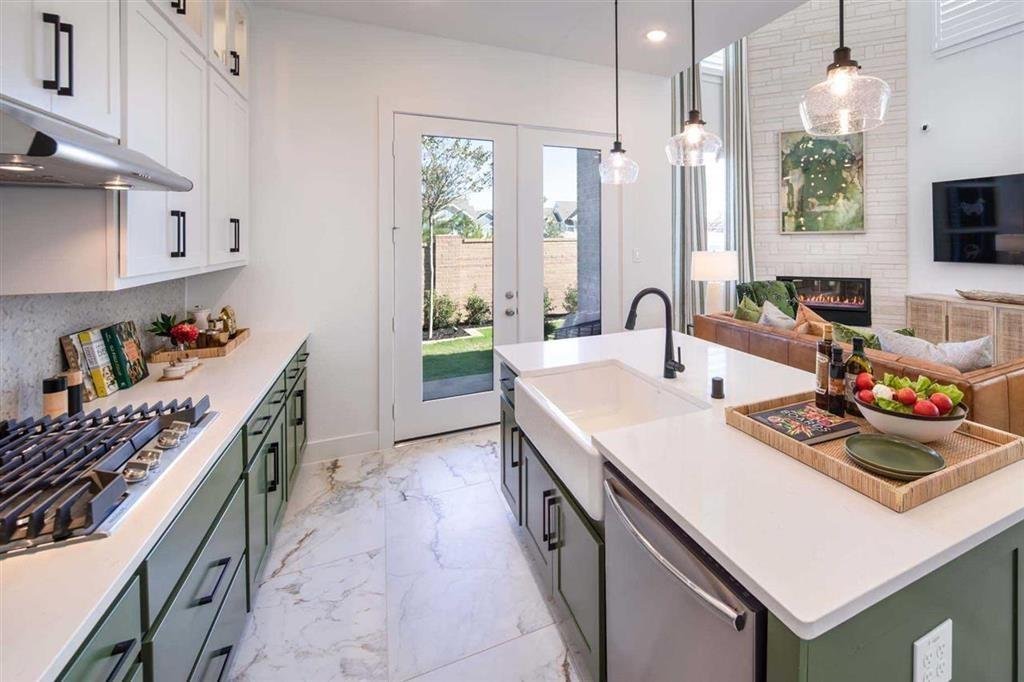
How To Check To Make Sure Your Deck Is Safe
A deck can be one of the most enjoyable things about home ownership. But they can also be hard work as most decks will require an annual inspection to ensure they are safe for use. After all, a deck is just like any other part of your home, manufactured from assorted parts and pieces that can start to degrade and eventually fail.
These things could occur for any number of reasons, what’s important is that you are able to identify such problems before they cause bodily injury and property damage. A faulty deck isn’t just dangerous, it can be very expensive to repair and replace, not to mention the possibility of dealing with medical bills and potential legal costs from getting sued by those injured.
Simply put, if you haven’t checked to make sure that your deck is safe, now is the time to do it. This isn’t a trivial matter like trying to choose a deck stain, you need to assess the condition of your deck to avoid serious problems down the line.
Here are the areas that need your attention most, courtesy of your friends at Custom Sunroom Richmond:
Table of Contents
ToggleCheck the Decking Boards
The wood of your deck needs to be free from rot and moisture penetration. Soft wood is dangerous wood as you or your family and guests could step through it and get injured. So give those boards a good poke with a screwdriver or some other pointed object. If you feel resistance to the pressure, the wood is in good shape.
But if the object you are poking into the wood pushes into it or causes the wood surface to splinter, you have a problem that needs to be addressed as soon as possible.
Check the Flashing
This is typically a metal component that is also designed to be waterproof. It can be found at the areas where the deck and the house meet and should be a minimum of four inches up the wall. Be sure to check the caulk as well to be sure it hasn’t degraded. Watch out for any indications of rot, moisture, or debris of any kind wedged into or penetrating the flashing.
In the event the flashing is compromised in any capacity, it must be replaced or your deck will start to show signs of rot.
Check the Railings

This is a critical step that must be performed on any deck that is built above the ground. A faulty railing or bannister could prove highly dangerous as someone could fall off the deck thinking that the railing is secure. So test these components by pushing against them to see if they wobble or give to any extent.
Take a good close look at each section of railing at a time, putting an emphasis on the fasteners securing the railing to the deck. Again, rot and rust must not be visible or you will need to take care of the problem in both instances. Each of these things can cause your railings to fail.





